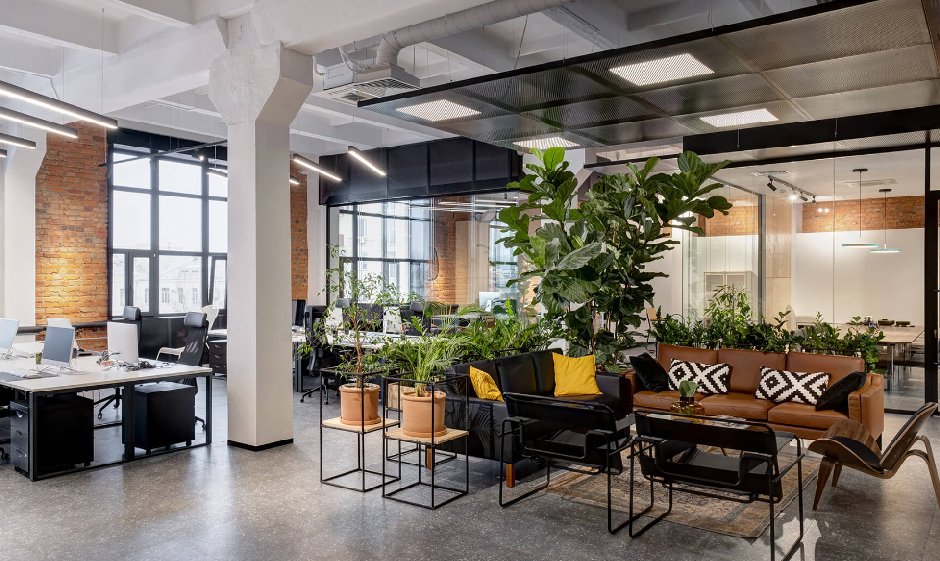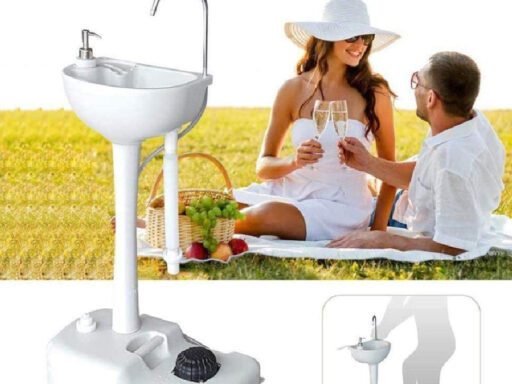In the sphere of modern business, companies are increasingly recognising the profound impact of office design on employee well-being, productivity, and overall success. Gone are the days of dreary cubicles and fluorescent lighting; today, the emphasis is on creating environments that inspire, energise, and support the people who inhabit them. Here are some of the latest design trends, like flexible workspaces, commercial feng shui and more, that are revolutionising the modern workplace.
Flexible Workspaces
Gone are the days of rigid, one-size-fits-all office layouts. Today’s workplaces are embracing flexibility, offering a variety of workspaces tailored to different tasks and preferences. From open collaboration areas and quiet zones to standing desks and cosy lounges, employees have the freedom to choose where and how they work best. This flexibility accommodates different work styles and fosters collaboration and creativity.
Prioritising Comfort and Health
Another key trend in office design is the emphasis on ergonomic furniture. Chairs, desks, and other furnishings are being designed with employee health and comfort in mind. Adjustable standing desks, supportive chairs, and ergonomic accessories help prevent musculoskeletal issues and improve posture, leading to happier, healthier, and more productive employees.
Feng Shui
In the quest to create a harmonious and supportive work environment, some companies are turning to the ancient Chinese practice of feng shui. This practice offers a multitude of benefits for both individuals and organisations. Feng shui promotes a sense of harmony, balance, and well-being by optimising the flow of energy within a space. This can lead to increased productivity, creativity, and focus among employees and improved morale and satisfaction. Feng shui principles also support physical health by creating environments that are conducive to relaxation, stress reduction, and vitality. Additionally, it can enhance relationships and communication within the workplace, fostering a positive and collaborative atmosphere.
While incorporating commercial feng shui principles into office design can yield significant benefits, it’s essential to seek guidance from a professional feng shui master to ensure optimal results. They can assess the unique energy dynamics of a space and provide tailored recommendations for optimising its design to support the well-being and success of the occupants. By partnering with a professional, companies can harness the power of ancient wisdom to create a workplace environment that nurtures and empowers their employees.
Promoting Work-Life Balance
Many companies are incorporating dedicated wellness rooms into their office designs, recognising the importance of work-life balance. These tranquil spaces provide employees with a place to relax, meditate, or practise mindfulness activities. By offering stress relief and self-care opportunities, wellness rooms contribute to a more balanced and resilient workforce.
Some forward-thinking organisations go beyond traditional wellness rooms by offering onsite amenities such as fitness centres, yoga studios, and even nap pods. These additional resources empower employees to prioritise their physical and mental well-being throughout the workday, reinforcing the company’s commitment to supporting a healthy work-life balance.
Integrated Technology
Technology plays a central role in the modern workplace, and office design is evolving to accommodate this reality. From smart lighting and temperature control systems to wireless charging stations and video conferencing capabilities, integrated technology enhances connectivity and collaboration among employees. Seamless integration of technology into the physical environment fosters efficiency and streamlines workflows.
The design of the modern workplace is evolving to prioritise employee well-being, satisfaction, and productivity. By incorporating these elements, companies can create environments that inspire creativity, foster collaboration, and support the holistic health of their employees. As businesses continue to recognise the importance of investing in their most valuable asset—their people—office design will continue to evolve to meet the changing needs of the workforce.






